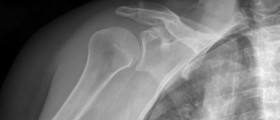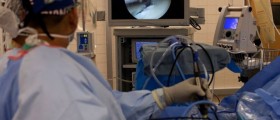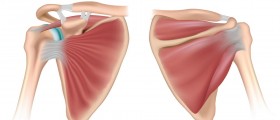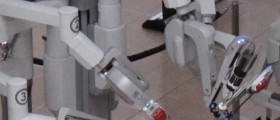
Shoulder impingement syndrome is a medical condition which predominantly affects aging adults and features with mild to sharp pain in the shoulders and difficulties associated with movement, elevation and placing of the person's hand behind his/ her back. The condition is a consequence of the rotator cuff trapping and inflammation.
Apart from being common in aging adults the condition frequently affects athletes who are engaged in repeated movement of their arms over their heads. Athletes who throw certain objects such as balls are commonly affected by shoulder impingement syndrome. It is essential to diagnose and treat the condition on time since it may cause serious impairment of joint mobility, frozen shoulder, tear of rotator cuff, bursitis and loss of shoulder strength.
Shoulder impingement is treated with activity modification, physiotherapy and pain reliving medications. Only in case all the previously mentioned treatments fail to provide with desirable results the patient undergoes shoulder impingement surgery.
Shoulder Impingement Surgery- the Very Procedure
The goal of this type of surgery is to relieve impaction and provide with sufficient space of certain parts of the shoulder to move properly. This particularly refers to the acromion, an anatomical part of the scapula. Surgical repair allows the humeral head to move freely in the subacromial space and successfully alleviates the pain and discomfort associated with lifting of the arm.
The most commonly performed surgical procedure for shoulder impingement syndrome is subacromial decompression. It can be performed as open surgery or arthroscopic surgery. An open technique includes a small incision in the front part of the shoulder. This way the surgeon has direct insight in the acromion and the rotator cuff. The anterior part of the acromion and a few bursal tissues are removed. This technique is very convenient and allows the surgeon to perform additional corrections in case of acromioclavicular arthritis, partial rotator cuff tears or biceps tendonitis. Arthroscopic technique includes 2 to 3 cuts and insertion of a fiberoptic scope and instruments required for the surgery. With the assistance of a fiberoptic scope a surgeon visualizes the shoulder structures and removes specific parts of the bone and soft tissues.
Recovery after Shoulder Impingement Surgery
After the surgery patients are recommended to remain physically active and mobile. These activities prevent joint stiffness and deep vein thrombosis. Hospitalization lasts approximately a day and a half. The operated shoulder is placed in a sling and postoperative pain is alleviated with pain relieving medications. A couple of weeks after the surgery patients are taught specific exercises by physical therapists. Physical therapy is essential and it accelerates the process of recovery. The total recovery lasts approximately 4 to 5 months. Complications associated with shoulder impingement surgery are infection of the wound, damage to nerves and blood vessels of the operated area and temporary/ permanent loss of flexibility.

















Your thoughts on this
Loading...